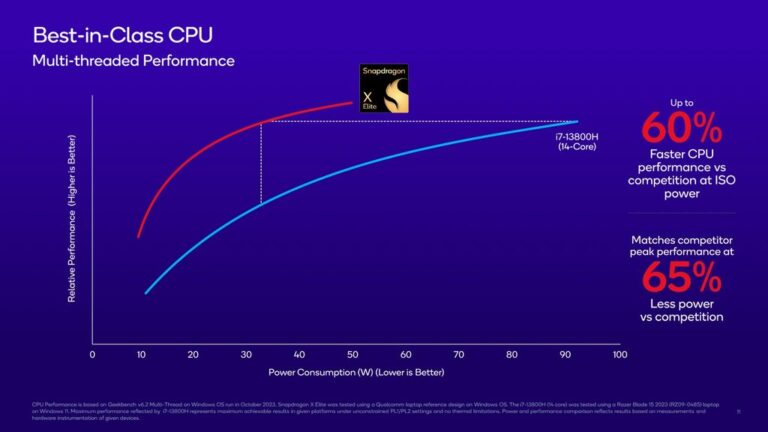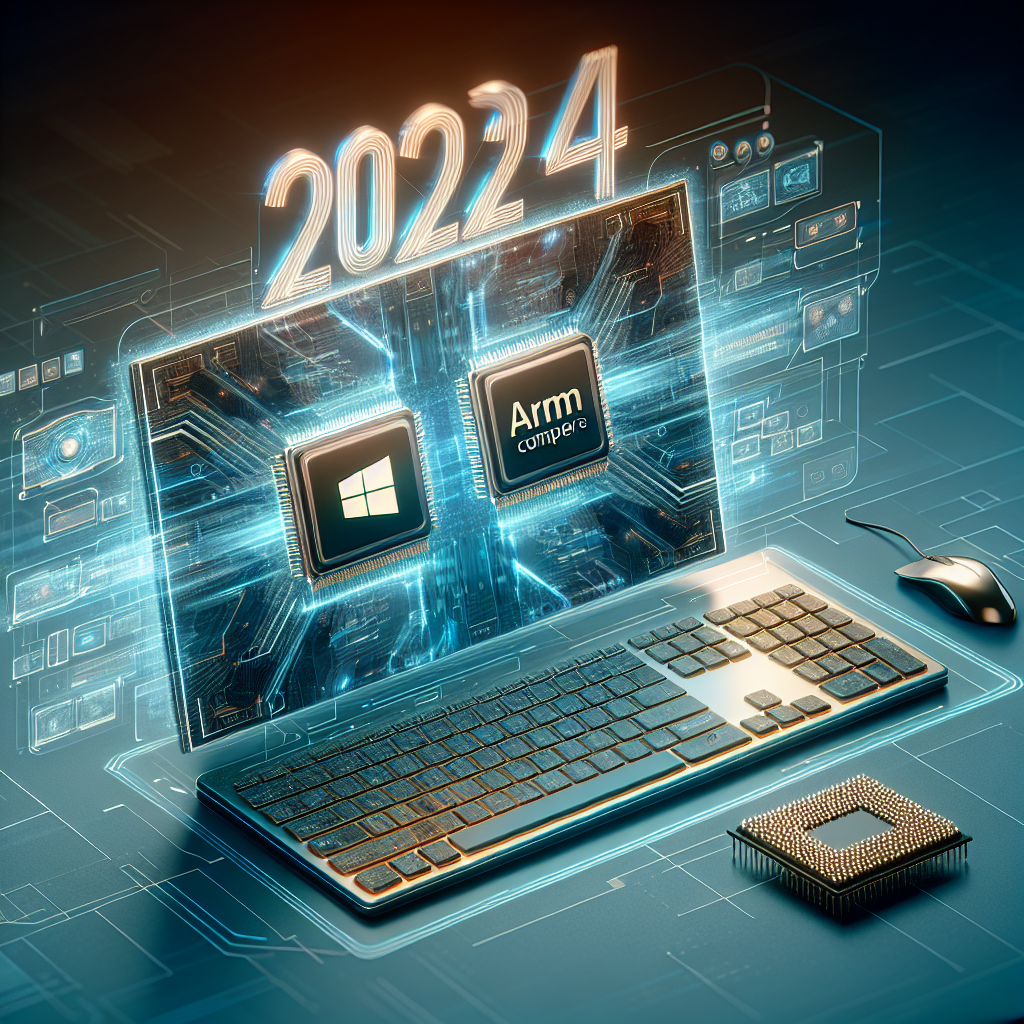The Potential Shift from x86 to ARM Architecture in PCs
The computing landscape is on the cusp of a significant transformation with the potential shift from the longstanding x86 architecture to the more modern ARM architecture in personal computers. At the forefront of this change is Qualcomm’s Snapdragon X Elite chip, a 12-core ARM processor that boasts claims of surpassing x86 in both performance and efficiency. This development could herald a new era for PCs, challenging the dominance of traditional x86 CPUs and reshaping user expectations for power and efficiency in computing.

Image credit: Qualcomm
Windows 12 and ARM Compatibility
The anticipated partnership between hardware and software is set to take a giant leap with the introduction of Windows 12, codenamed Germanium, which is expected to offer specific support for the Snapdragon X Elite chip. This collaboration signifies Microsoft’s commitment to the ARM architecture, ensuring that the necessary software infrastructure is in place to leverage the full potential of ARM-based hardware.
The Evolution of ARM Architecture
Tracing the evolution of ARM architecture reveals a journey from perceived limitations to groundbreaking achievements. Historically, ARM was pigeonholed as suitable only for low-power applications, with the x86 architecture reigning supreme in high-performance computing. However, this perception has been upended by Apple’s success with its ‘A’ and ‘M’ series chips, which have demonstrated ARM’s capability to deliver superior performance per clock cycle compared to traditional x86 processors.
The Future of ARM in the PC Market
The expiration of Qualcomm’s exclusive licensing deal for ARM hardware compatible with Windows is poised to open the floodgates for competition in the ARM CPU market. This development is expected to catalyze innovation and diversify the offerings available to consumers. Companies like Nvidia and AMD are rumored to be entering the fray, with Nvidia’s ARM chip anticipated for 2025 and AMD also rumored to be developing its own ARM CPU.
| Company | Expected ARM CPU Release |
|---|---|
| Nvidia | 2025 |
| AMD | TBA |
Software Considerations for ARM Transition
As the hardware landscape pivots towards ARM architecture, the software ecosystem must evolve in tandem to ensure a seamless transition. A critical aspect of this evolution is the support for legacy x86 code on ARM devices. Microsoft has made strides in this area with Windows 10 for ARM, which included emulation technology for 32-bit x86 apps, and Windows 11, which expanded support to 64-bit software.
Impact of ARM Architecture on the Gaming PC Market
The potential impact of ARM architecture on the gaming PC market is profound, as gaming is often the most demanding test for any emulation technology. While Apple has demonstrated the effectiveness of emulation on its ARM-based devices, the gaming community awaits similar advancements for Windows-based ARM systems. The success of emulation technology is crucial for ARM to penetrate the gaming market, which has traditionally been the stronghold of x86 hardware.

